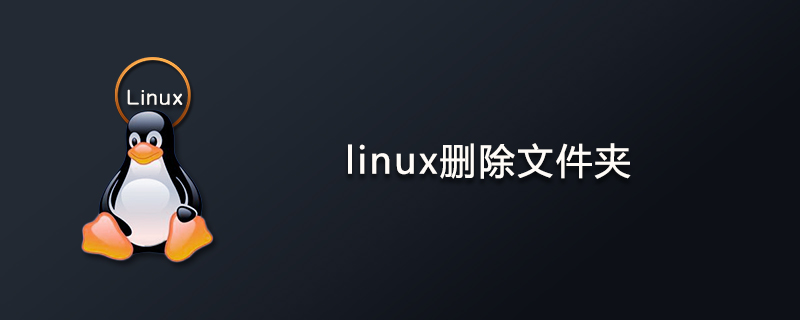Home > Article > Operation and Maintenance > linux delete folder command

Linux delete folder command
Deleting a directory in Linux is very simple. Many people are still accustomed to using rmdir, but once If the directory is not empty, you will be in deep trouble. Now use the rm -rf command.
Just rm directly, but you need to add two parameters -rf, namely: rm -rf directory name
Delete directories and files rm(remove)
Function Description: Delete files or directories.
Syntax:
rm [-dfirv][--help][--version][文件或目录...]
Supplementary instructions: Execute the rm command to delete files or directories. If you want to delete a directory, you must add the parameter "-r", otherwise the default is only Files will be deleted.
Parameters:
-d or –directory Directly delete the hard link data of the directory to be deleted to 0 and delete the directory.
-f or –force Forcefully delete files or directories.
-i or –interactive Ask the user before deleting existing files or directories.
-r or -R or –recursive Recursive processing, processing all files and subdirectories in the specified directory together.
-v or –verbose Display the instruction execution process.
1. Delete the folder
de>rm -rf fileNamede>
-Delete the folder instance:
rm -rf /var/log/httpd/access
will delete the /var/log/httpd/access directory and All files and folders under it
need to be reminded: be extra careful when using this rm -rf, Linux does not have a recycle bin
2. Delete files
de>rm -f fileNamede>
Be extra careful when using rm -rf, Linux does not have a recycle bin
Recommended video tutorials: "Linux Tutorial"
The above is the detailed content of linux delete folder command. For more information, please follow other related articles on the PHP Chinese website!